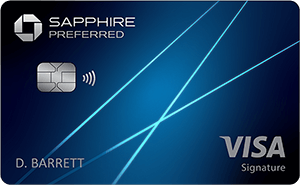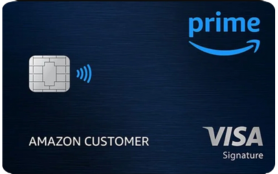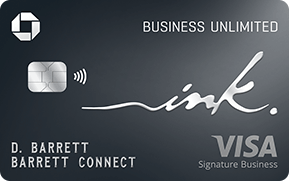Overview
Financial literacy matters. From grasping the concept of interest to understanding what kind of account is best, you need to know where your money is, what it’s doing, and who’s looking after it. That’s why understanding the difference between a checking account and a savings account is so important.
On the face of things, they don’t seem too dissimilar. But how you use them and what your money can do when it’s in one place are very different. Each can help you reach your financial goals, but not in the same ways. Understanding the difference between the two can help you avoid costly mistakes, make the most of your money, and give you a clearer picture of how to build your financial foundation.
So, let’s break down what separates checking from savings, and why you probably need both.
What Is a Checking Account?
A checking account is a bank account built for everyday money management. Consider it the epicenter of your financial life. It’s where your paycheck arrives, and it’s where you can start spending. Your debit card is linked to your checking account; you can pay bills with it, send money to mates, or even withdraw money from an ATM. It’s super important.
Short of stuffing your hard-earned cash under the mattress, a checking account is the most accessible place for your money. Your funds can be accessed almost instantly in most cases and, in today’s modern world, can be linked directly to e-wallets and other tech, putting them closer at hand than ever before. Some even have nice features like overdraft protection. They’re immensely useful and should be a focal point of your day-to-day life.
The downside to checking accounts is that interest is usually kept to an absolute minimum (if any), so the money you’ve left there won’t do much in the way of growing. We don’t like that. And that’s why we’ll talk about savings accounts in a second.
In short, checking accounts are built for spending. You keep what you need for easy access, but your life savings ain’t going in there. At least they shouldn’t be.
*sheepishly transfers funds to savings account from checking*.
What Is a Savings Account?
On the other side of the banking spectrum, you’ll find a savings account. These, while similar in design, are built to help your money grow. Each account is designated an interest rate, allowing any money in the account to increase over time with no other effort needed. Some banks and institutions will even offer high-yield savings accounts with amped up rates that can prompt some serious growth.
Savings accounts generally aren’t meant for frequent withdrawals or everyday usage. It used to be impossible to withdraw more than six times a month by law, but things are slightly more relaxed these days. Still, most banks have rules on what you can take out and when. Instead of daily usage, they’re best for attaining goals, like emergency funds, vacations, a house deposit, or a new car.
The trade-off for the interest is less direct access. They’re designed as safety nets for your finances and push you to leave your money untouched until you really need it.
Key Differences to Keep in Mind
When comparing checking and savings accounts, it’s easier to think about how they complement each other rather than compete. Here are the main differences:
Purpose:
Checking = everyday transactions
Savings = long-term growth.
Access:
Checking = unlimited withdrawals
Savings = limited withdrawals or transfer restrictions.
Interest:
Checking = little to no interest
Savings = generally higher, especially HYSAs.
Best Use:
Checking = bills, daily purchases
Savings = emergency funds, big-ticket goals.
Both are immensely useful. Used together, you have the foundations for an excellent financial future.
Which One Do You Need?
If you’re being reasonable, you need both. Owning only a checking account can make it too easy to overspend and lose out on the interest you could be earning with a savings account. That barrier between your savings and withdrawing money allows you to pause for thought, make a different decision, and keep your goals on track. Keeping them linked can allow you to funnel money from your checking account into your savings regularly and keep it topped up.
Modern banks allow customers to set up automatic transfers, where you designate a specific amount to move across every week or month. Other tools like “round-up” features will add the change leftover to the nearest dollar from every purchase, so if you buy a beer and it costs $5.50, you’d get 50 cents put into your savings account. These might be small things, but they can add up.
Open both a checking and savings account and let them work as teammates to get your finances where they need to be.









 by your friends at The Daily Navigator
by your friends at The Daily Navigator



